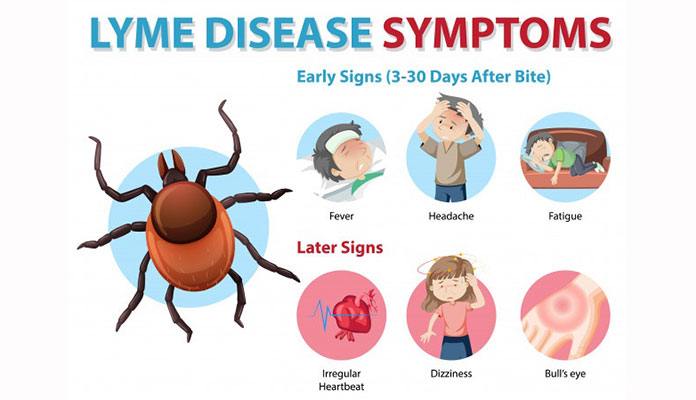What Is Retinol and How Does It Works?
Vitamin A is not a single substance. Instead, it includes two groups of compounds, including carotenoids and retinoids. Retinol, also known as vitamin B1, belongs to the retinoid family. With a typically yellow color, it is a fat-soluble element that can dissolve in fat. The body stores retinol as fat, which can be then transformed for other functions. Over the last decades, retinol has been becoming more popular in the skin care market thanks to many great effects on skin tone and acne. [1]
Once applied, retinol is converted by the body into retinoic acid and retinal. These special forms of retinol help provide the desired effects in the body. In general, retinol works by speeding up the turnover of skin cells. This means that fresh and new skin cells can appear on the surface of the skin more quickly than usual. As a result, the effect may provide certain aesthetic benefits. These include improving the production of elastin and collagen, regulating the production of sebum, and reducing pore congestion and cellular ageing. [2]










